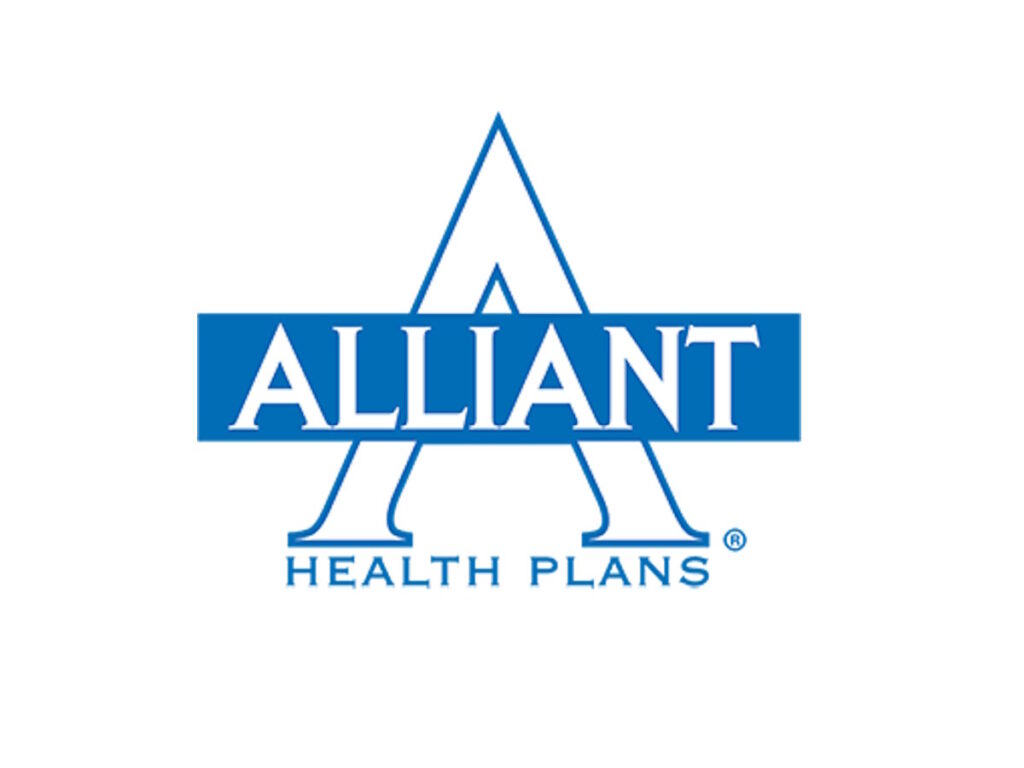Transparency in Coverage Rule (TiC)
In October 2020, the Federal Government finalized the Transparency in Coverage rules intending to make healthcare pricing more accessible and understandable for consumers. The rule requires health insurers and group health plans to publicly disclose pricing information for in-network rates and out-of-network allowed amounts via a Machine-Readable File (MRFs) by July 1, 2022.
Alliant Health Plans has created the MRFs on your behalf and they are located on the Alliant website:
https://alliantplans.com/machine-readable-data/
Frequently Asked Questions
In October 2020, the Federal Government finalized the Transparency in Coverage rule intending to make healthcare pricing more accessible and understandable for consumers. The rule requires health insurers and group health plans to publicly disclose pricing information for in-network rates and out-of-network allowed amounts via a Machine-Readable File (MRFs). These files must be updated monthly. The rule also requires health insurers and plans to make available a price comparison tool.
Publicly Available Machine-Readable Files (MRFs): Insurers and plans will be required to make available to the public (consumers, researchers, employers, and third party developers) MRFs with detailed information on the pricing of covered items and services as follows:
- Negotiated rates for in-network providers.
- Historical allowed amounts and billed charges for out-of-network
- Negotiated rates and historic net prices for prescription drugs (this part of the rule has been delayed pending further rulemaking by the Federal Government)
Consumer Price Transparency Tool: The Transparency in Coverage rule requires insurers and group health plans to make available online consumer tools that allow a member to get personalized information regarding cost-sharing responsibilities for covered items and services, including prescription drugs. The tool must be an internet-based cost estimator tool. The functions of the tool need to include:
- Permit members to search based on billing code or description
- Allow members to compare costs across both in-network and out-of-network providers
- Inform members of any accumulated deductible or other out-of-pocket expenditures to date
- List any factors that impact the cost such as service location or drug dosage
- Provide cost estimates in paper format at the member’s request
Beginning with plan years on or after January 1, 2023, the cost estimator tool must disclose information on 500 items, services and prescription drugs identified in the final rule. Starting with plan years on and after January 1, 2024, the tool must list all covered items and services including prescription drugs.
Publicly Available Machine-Readable Files (MRFs): Effective for plan years on and after January 1, 2022, insurers and plans must disclose to the public their negotiated prices and historical net plan allowable amount for all covered items and services including prescription drugs. However, enforcement of the rule is delayed until July 1, 2022, for in and out-of-network pricing, and for prescription drugs until further rulemaking by the Federal Government.
Member Price Comparison Tool:
Effective for plan years beginning on and after January 1, 2023, insurers and plans must provide members with real-time benefit cost estimator tools that allow members and consumers to understand and compare their personalized out-of-pocket costs for covered in-network and out-of-network services. The price comparison tool must list 500 items, services, and prescriptions drugs identified in the final rule. The list is primarily for medical items and services for January 1, 2023.
Effective for plan years beginning on and after January 1, 2024, insurers and plans must provide members with real-time benefit cost estimator tools that provide costs for all covered medical items, services and drugs that allow members and consumers to understand and compare their personalized out-of-pocket costs for in-network and out-of-network services.
Yes. While the Transparency in Coverage Rule applies directly to group health plans and administrators, an issuer or third-party administrator (TPA) may choose to provide the MRFs and price comparison tool for the group health plan. This can be through providing the files directly to the plan to post on their own public website or via a link on the insurer’s website.
The Transparency in Coverage Rule applies to health insurers in the individual and group markets and to group health plans. Marketplace or Exchange plans are also included. The rule does not apply to grandfathered plans, excepted benefit plans and short-term limited durations plans.
The following plans are not covered under the rule:
- Grandfathered plans
- Excepted benefits (e.g., standalone vision, dental, and hearing plans)
- Retiree only plans
- Short term limited duration (STLD) plans
